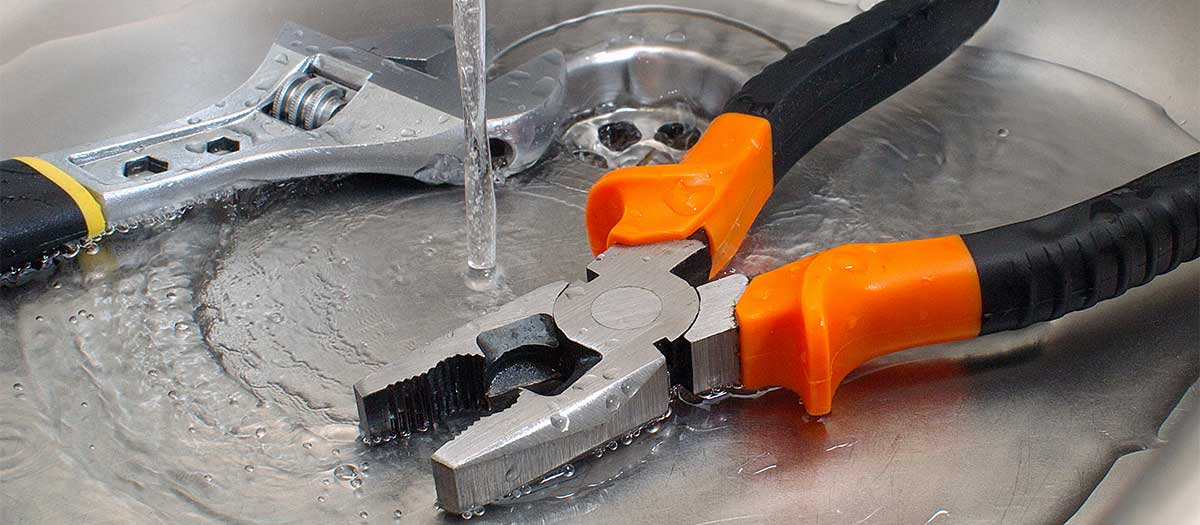What are your thoughts about Leaking water lines?

Early detection of dripping water lines can mitigate a possible calamity. Aside from conserving you cash, it will decrease the irritation and irritation. The minute you discover a leakage, calling your plumber for fixings is the very best option. Some small water leakages might not be noticeable. If you can not detect it with your naked eyes, below are some hacks that aid.
1. Check Out the Water Meter
Inspecting it is a surefire means that helps you uncover leaks. If it relocates, that suggests a fast-moving leak. This suggests you may have a slow-moving leak that might also be underground.
2. Inspect Water Intake
Analyze your water bills as well as track your water intake. As the one paying it, you should observe if there are any kind of discrepancies. If you find sudden changes, in spite of your intake coinciding, it means that you have leaks in your plumbing system. Remember, your water bill ought to drop under the very same array every month. A sudden spike in your bill indicates a fast-moving leakage.
A stable rise every month, even with the very same practices, reveals you have a slow leakage that's additionally gradually rising. Call a plumber to extensively examine your residential or commercial property, especially if you feel a cozy location on your flooring with piping beneath.
3. Do a Food Coloring Test
When it comes to water usage, 30% comes from bathrooms. If the color somehow infiltrates your dish during that time without flushing, there's a leakage in between the container as well as bowl.
4. Asses Outside Lines
Do not forget to check your exterior water lines as well. Test spigots by attaching a yard hose. Needs to water leak out of the link, you have a loose rubber gasket. Change this and make sure all connections are tight. If you've obtained a lawn sprinkler, it will certainly help get it skillfully examined as well as preserved each year. One tiny leak can squander lots of water and also increase your water costs.
5. Analyze the circumstance and also inspect
Home owners should make it a routine to examine under the sink counters and even inside cupboards for any kind of bad odor or mold growth. These two red flags suggest a leakage so punctual interest is called for. Doing regular inspections, even bi-annually, can save you from a major issue.
Examine for stainings and deteriorating as many pipelines and devices have a life span. If you believe leaking water lines in your plumbing system, don't wait for it to escalate.
Early discovery of dripping water lines can mitigate a prospective calamity. Some little water leaks may not be visible. Inspecting it is a proven way that helps you discover leaks. One small leak can waste loads of water as well as surge your water expense.
If you presume dripping water lines in your plumbing system, don't wait for it to intensify.
WARNING SIGNS OF WATER LEAKAGE BEHIND THE WALL
PERSISTENT MUSTY ODORS
As water slowly drips from a leaky pipe inside the wall, flooring and sheetrock stay damp and develop an odor similar to wet cardboard. It generates a musty smell that can help you find hidden leaks.
MOLD IN UNUSUAL AREAS
Mold usually grows in wet areas like kitchens, baths and laundry rooms. If you spot the stuff on walls or baseboards in other rooms of the house, it’s a good indicator of undetected water leaks.
STAINS THAT GROW
When mold thrives around a leaky pipe, it sometimes takes hold on the inside surface of the affected wall. A growing stain on otherwise clean sheetrock is often your sign of a hidden plumbing problem.
PEELING OR BUBBLING WALLPAPER / PAINT
This clue is easy to miss in rooms that don’t get much use. When you see wallpaper separating along seams or paint bubbling or flaking off the wall, blame sheetrock that stays wet because of an undetected leak.
BUCKLED CEILINGS AND STAINED FLOORS
If ceilings or floors in bathrooms, kitchens or laundry areas develop structural problems, don’t rule out constant damp inside the walls. Wet sheetrock can affect adjacent framing, flooring and ceilings.
https://www.servicemasterbyzaba.com/blog/how-to-detect-water-leakage-in-walls/

Hopefully you enjoyed reading our post about Finding hidden leaks. Thanks for taking a few minutes to read through our short article. Make sure you set aside a second to distribute this page if you appreciated it. Many thanks for going through it.